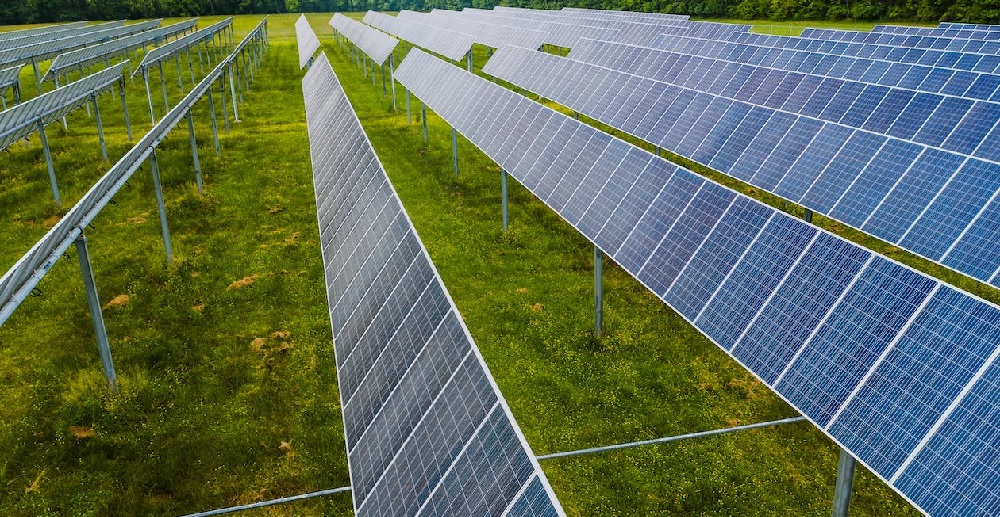India’s Roadmap to Renewable Energy: Paving the Way for a Sustainable Future
Introduction:
India, a rapidly developing nation with a growing energy demand, faces the challenge of balancing economic growth with environmental sustainability. In response, the country has embarked on an ambitious journey towards harnessing renewable energy sources. This essay delves into India’s comprehensive roadmap to renewable energy, its goals, strategies, challenges, and the potential impact on the nation’s energy landscape and global climate commitments.
The Imperative for Renewable Energy:
- Environmental Concerns: Fossil fuel dependency leads to pollution, greenhouse gas emissions, and climate change.
- Energy Security: Diversifying the energy mix enhances security by reducing reliance on volatile global energy markets.
India’s Renewable Energy Roadmap:
- Targets and Commitments:
- 175 GW by 2022: India’s goal is to achieve 175 GW of renewable energy capacity, comprising solar, wind, hydro, and bioenergy sources.
- 450 GW by 2030: India has set an ambitious target of reaching 450 GW of renewable energy capacity by 2030.
- Solar Power Revolution:
- Solar Parks: India has developed large-scale solar parks to facilitate efficient solar energy generation.
- Rooftop Solar: Promoting rooftop solar installations on residential and commercial buildings.
- Wind Energy Growth:
- Onshore and Offshore Wind: India aims to enhance onshore and offshore wind energy production through policy incentives.
- Hydropower and Biomass:
- Hydropower Potential: Tapping into the nation’s rivers for clean energy generation.
- Bioenergy: Utilizing agricultural residues and organic waste for bioenergy production.
Strategies for Implementation:
- Policy Framework:
- Renewable Purchase Obligation (RPO): Mandating a certain percentage of energy procurement from renewable sources.
- Feed-in Tariffs: Offering fixed rates for renewable energy generation to attract investment.
- Financial Incentives:
- Subsidies and Grants: Providing financial support to renewable energy projects.
- Tax Benefits: Offering tax breaks to encourage investment in renewable energy infrastructure.
- International Collaboration:
- International Solar Alliance (ISA): Collaborating with countries to advance solar energy deployment.
Challenges and Mitigation:
- Intermittency: Renewable energy sources like solar and wind are intermittent; energy storage solutions are crucial.
- Infrastructure Development: Building transmission lines to connect renewable energy sources to the grid.
- Investment: Mobilizing funds for massive renewable energy infrastructure expansion.
- Skilled Workforce: Developing a skilled workforce for efficient project implementation and maintenance.
Benefits and Potential Impact:
- Clean Energy Transition: Shifting to renewable energy reduces carbon emissions, contributing to global climate goals.
- Job Creation: The renewable energy sector creates employment opportunities across various skill levels.
- Energy Security: Diversifying energy sources enhances India’s energy security and reduces dependence on imports.
Conclusion:
India’s commitment to renewable energy reflects its dedication to a sustainable future. The comprehensive roadmap, encompassing solar, wind, hydro, and bioenergy, signals a transformative shift in the nation’s energy landscape. By leveraging policy incentives, financial support, and international collaboration, India is poised to become a renewable energy leader. This transition not only addresses environmental concerns but also boosts economic growth, energy security, and global climate efforts. As the journey towards renewable energy progresses, India’s path is illuminated not just by the sun, but by a brighter and cleaner future for generations to come.

